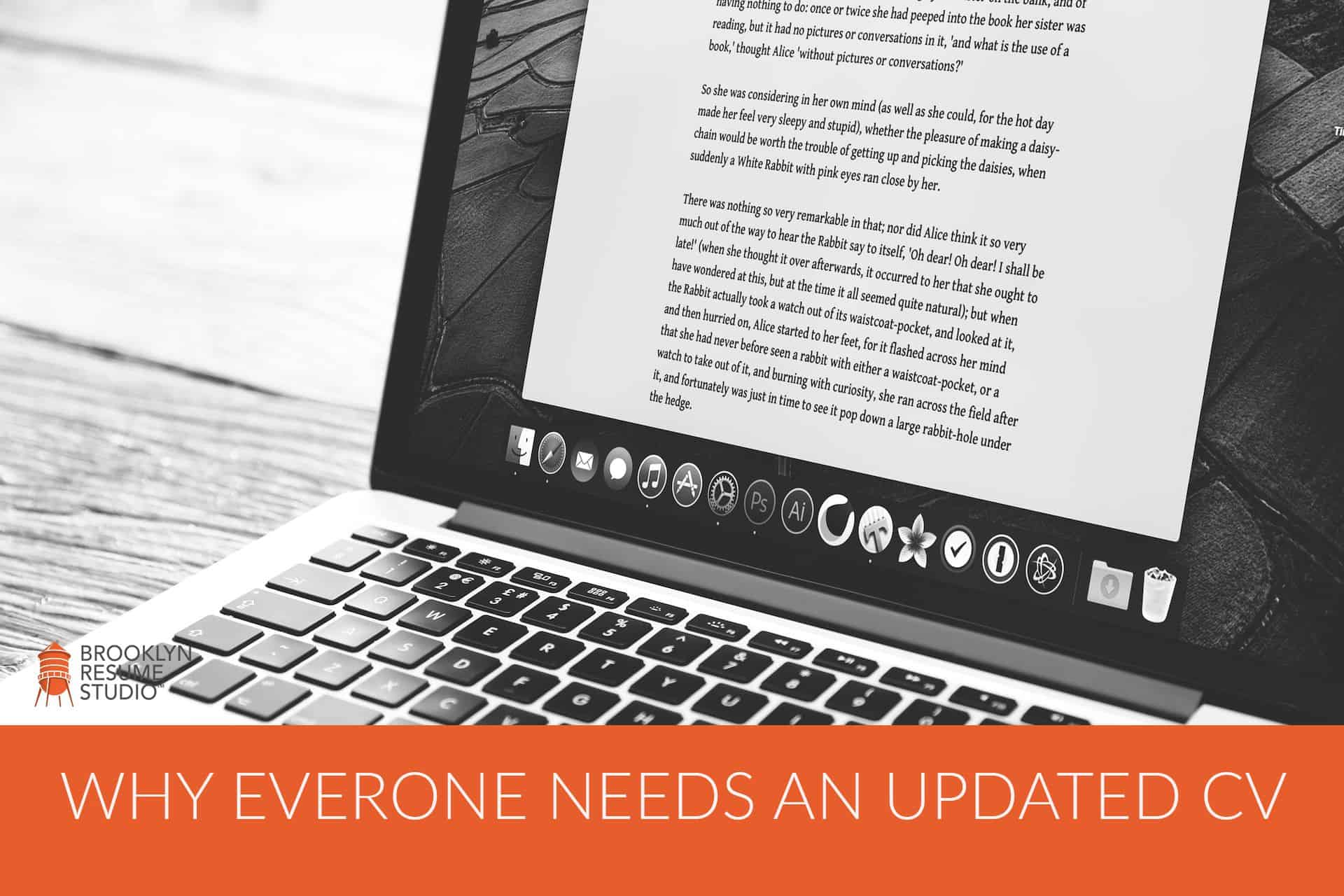Sarah spent weeks crafting her resume, highlighting her achievements and relevant skills. However, after countless applications, she received zero interview requests.
Frustrated, she confided in a recruiter friend who revealed a hidden culprit: Sarah’s resume was a text-heavy block, invisible to the Applicant Tracking Systems (ATS) used by most companies.
If you use a text-heavy resume and don’t get invited to job interviews, the reason could be that employers are drowning in your long story.
Hiring staff don’t want to scroll through content-heavy documents. They want short, well-tailored overviews that address their needs while succinctly conveying the skills they want.
In short, the easier a resume is to read, the more likely it is to be read.
A common barrier executives face is summarizing robust career details.
To help you, approach the resume writing process with the goals of: quality over quantity. A CV is not a biography; it is a marketing tool. Avoid listing large amounts of dry and dusty job details that weigh down the file and dilute its value.
Instead, focus on the value and tailor the offering to the needs. Provide a sample of relevant facts related to the intended role.
Below you will find a short ‘test’ to help you determine whether your central heating accepts water. If you answer yes to any of the points below, grab a life jacket and start jumping!
The CV is longer than three pages.
The typical resume length for executives is 2 to 3 pages. There’s no need to cram everything onto one page at this career level, but modern executive resumes must be concise and concise to capture and hold the attention of busy readers.
While length alone does not determine the effectiveness of a resume, excessively long or extensive files are rarely appreciated or read in full. Save extra facts and supporting details for the interview. Treat the resume like a marketing brochure that summarizes your best and most related points, not like a detailed career obituary that goes on and on and on…
A recent study shows recruiters prefer two-page resumes – at all career levels, but again the best resume length depends on your career story, audience and years of experience:
The employment history section reads like a job description.
Long overviews of every past role, with a heavy emphasis on tasks and duties, are a waste of prime resume real estate. Employers are less interested in what you did in your previous position and more interested in what you did and how well you performed in it.
Minimize responsibilities and focus on personal achievements. Spoon feeds the reader with value-enhanced, metrics-based snippets of success to build confidence and excitement. To remind, sell, don’t tell.
Below is an example of what not To do. Text-heavy and task-oriented overviews are difficult to read and provide little value to the reader:
There are no bullet points.
If you present all the details in paragraph form, pay attention! Dense text is not only harder to scan and absorb; it buries important points.
Select bulleted information from the resume for easier readability, including key achievements, major company wins, and personal achievements.
Below is a better example of how to format the content of your resume. Note the use of a short overview, followed by a highlighted key performance line, followed by bulleted performance statements that are also short and high impact:
Bullet points are long or numerous.
Too much of one thing is never good. Even bulleted statements should be kept to a reasonable amount and length. Try to keep the points on an average of two lines so that the information is not unclear.
Also, avoid ‘bullet barf’. Bullet points are great in small groups, but long bulleted lists reduce the impact. Try to use 3 to 5 bullet points per position so the information has room to breathe.
Bullet barf. Not only are there too many bullet points in the example below, but the points themselves are not strong or impactful:
Filler words are used excessively: “a, to, the, of…”.
While sometimes justified, these filler words should be eliminated as much as possible to sharpen the content. It’s okay to use more concise speech and grammar in a resume.
Distill details to focus primarily on results and personal actions.
For example, instead of saying, “In close collaboration with five people in the team, we devised and implemented a new marketing campaign, which generated an annual turnover increase of 10%.”
Simply say: “Generated a 10% year-over-year sales increase, working with a team of 5 to create and execute a new marketing campaign.”
The career history goes back more than 15 years.
It’s not necessary to list every job you’ve ever had on your resume. Focus more heavily on recent work history, where your roles are likely higher and more related to where you want to be next in your career.
For managers, sharing the most recent fifteen years of work experience is sufficient. The further back you go in your resume, the less robust the information needs to be. Provide early career details only if experience is required or useful for the intended role.
Value is not easy to recognize.
This last point is the most important. In short, every employer has a pain point that focuses on making money, saving money or increasing efficiency. Your CV must clearly and concisely show how you are the solution!
Demonstrate value with clear examples of aligned performance and success. Prove your claims!
Finally, make sure the reader doesn’t start looking for the reason why you are the best candidate. Spell it! Spoon gives the reader your value in bite-sized details and uses similar language and keywords to increase interest and understanding.
The following example demonstrates a strong resume opening and headline, which highlights personal value with supporting results:
In summary: Resume readers don’t care about all the details. They are most interested in facts that are important to them. They want to read results, but most importantly: they want to know if you can achieve results for THEM.
Make it easy for employers to find the key facts and ROI you offer as a candidate in your executive resume by keeping resume material lean and clean. Sharpen the content and use a clear format in your resume to make your job search smoother.
Similar Topics
Power Up Your Career: Why You Need an Update Resume (Even if You Love Your Job!)
Consider this, you are happy in your current job and thrive in a position you like. The prospect of seeking…
Examining Humanity’s Cycle of Governmental Challenges
Throughout history, humanity has embarked on a continuous experiment in governance. From the sprawling empires of antiquity to the modern…
Do I need a drone license in Queensland to fly?
Imagine soaring over the Great Barrier Reef, capturing its breathtaking beauty with your drone. But wait, is flying a drone…
How to Choose Your Career Path | The Ultimate Guide for Informed Decisions
Selecting a career path is a pivotal decision shaping your future. In this guide, we explore the intricate process of…
The Interview Process in Clark, Pampanga
As an applicant looking for a job, you already know that the process of searching for and ultimately obtaining employment…
How to Write a Management CV – with Example!
A Fresh Start: Building from Scratch When aiming for a management position, your resume should be more than a mere listing…






